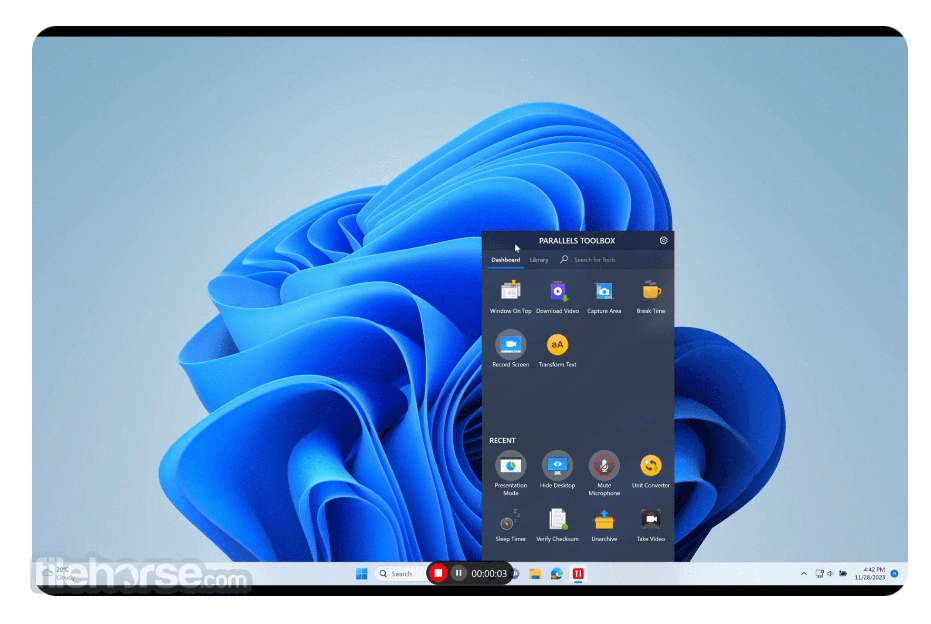

There may be times when some apps are hogging system resources more than usual and need to be restarted, even though they appear to be working normally on the surface. You can also access the Force Quit tool on your Mac by pressing the Command+Option+Escape keys on your keyboard.

You can now restart it again when you need it. The frozen application should close immediately. Confirm this action by clicking Force Quit again when prompted.Select the application that has frozen, then click the Force Quit button to end the task.Click the Apple logo in your Mac’s menu bar.When this happens, you can force the app to close by following these steps: If one of your apps has become unresponsive, it may refuse to close and is likely using up system resources and power unnecessarily. A tool like Memory Cleaner, which is part of MacKeeper, is particularly valuable when it comes to speeding up your Mac. If you want to free up gigabytes of disk space and get rid of viruses, consider downloading MacKeeper to optimize your Mac speed with ease.

Here are three ways to kill processes to help increase Mac speed. We’ll also look at some third-party tools that can help you maintain a responsive Mac at all times.
#Parallels toolbox free memory auto start how to#
In this guide, we’ll show you how to see all running processes, how to identify any that might be causing issues, and how to kill problem processes in just a few clicks. Using a Mac kill process can force quit problem applications in an instant and free up precious resources, like processing power and memory, so that your system runs more smoothly. If your Mac is running slower than usual, or you have applications that have frozen and refuse to quit, you may need to kill some running processes.


 0 kommentar(er)
0 kommentar(er)
